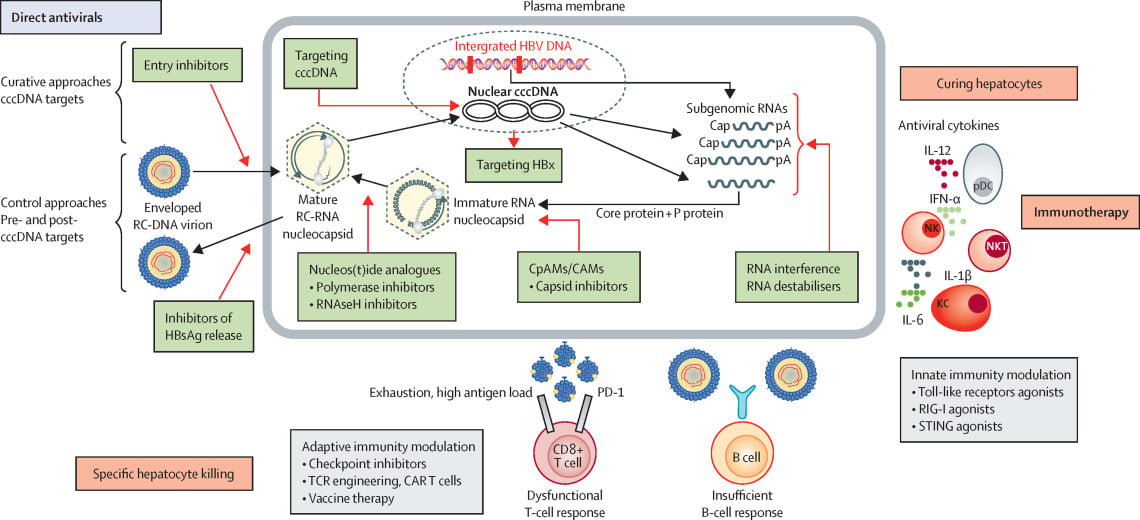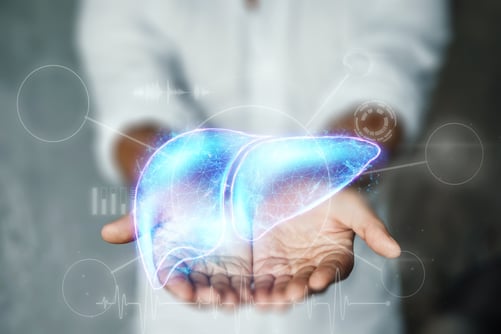Generating high-quality, pre-clinical data is always challenging, but it is especially so when developing therapeutics for hepatitis B and D. Since Hepatitis B Virus (HBV) and Hepatitis D Virus (HDV) only infect human hepatocytes, conventional animal models instantly pose a challenge as the entire viral lifecycle cannot be observed, and the data often doesn’t translate well to the human environment. These issues can lead to misleading metabolism, pharmacokinetics, efficacy and hepatotoxicity data, which can result in wasted time, money and resources and, potentially, failure at clinical trial stages.
The PXB-mouse® model is the only preclinical model translationally effective in pre-clinical research for hepatitis B and D therapies. With its humanized liver and clear markers of infection, including seroclearance and covalently closed circular DNA (cccDNA), the PXB-mouse® model allows the whole viral lifecycle to be accurately measured with data that is strongly correlated to human outcomes.
Creating a reliable humanized liver model
The PXB-mouse® liver is highly populated with human hepatocytes with histologically normal constitutions and human-specific metabolism. The level of humanization is confirmed by measuring blood human albumin (h-Alb), a minimally invasive biomarker and an indication of human hepatocyte engraftment.
The humanized liver delivers stable levels of viral hepatitis infection which can be confirmed throughout the viral lifecycle through reliable markers of infection, such as serum HBV DNA, HDV RNA, hepatitis B surface antigen (HBsAg) and hepatitis B e-antigen (HBeAg), and cccDNA. By capturing data throughout the viral lifecycle, viral behavior and therapeutic efficacy can be fully understood.
The PXB-mouse® model is fully validated for use in prophylactic and therapeutic viral hepatitis drug development and has already been substantiated against common treatments, such as nucelos(t)ide analogue therapies and pegylated interferon (PEG-IFNα). Many established treatments can now be used with the PXB-mouse® model as controls or in combination studies, with demonstrably high levels of human correlation.
Promising results seen in leading therapeutic candidates
The main strength of the PXB-mouse® model lies in its ability to measure all markers of HBV and HDV infection across viral lifecycles, enabling the evaluation of a wide range of drug candidates, wherever they are targeted. The PXB-mouse has been used extensively in drug development for the treatment and/or cure of HBV infection (Figure 1).
 Figure 1: The PXB-mouse model can be used to test direct antivirals and therapeutics that don’t rely on adaptive immunity.
Figure 1: The PXB-mouse model can be used to test direct antivirals and therapeutics that don’t rely on adaptive immunity.
Already, the PXB-mouse model is being used to develop next-generation therapeutics for both hepatitis B and D. In a recent pre-clinical study, bile acid derivatives were tested as HBV entry inhibitors in PXB-mice. The study analyzed INT-767, a dual agonist of the farnesoid X receptor and Takeda G protein-coupled receptor 5, and found it to unexpectedly bind directly to HBV particles and viral PreS1 peptides. As a result, the drug showed potent efficacy in delaying the rise of antigens and HBV DNA, as well as reducing cccDNA levels, indicating that the agent could be used against both chronic infection and reinfection as a potential complete cure.
Contract study services from PhoenixBio
PhoenixBio not only provides some of the most effective translational human liver mouse models but also the end-to-end study services for pre-clinical studies into hepatitis B and D antiviral and therapeutic candidates.
Highly trained scientists use biosafety level 2 laboratories, trusted HBV and HBV/HDV inoculum sources and validated assays to ensure that infection baselines are controlled, animal health is maximized, stress is reduced and unexpected in-life instances are effectively managed. Together with the comprehensive, accurate and translational PXB-mouse® model, these state-of-the-art contract study services ensure the very highest level of preclinical effectiveness.
Many researchers already incorporate PhoenixBio’s end-to-end services as key components of their therapeutic development programs for hepatitis B and D, accelerating progress towards a cure for these serious global diseases.

